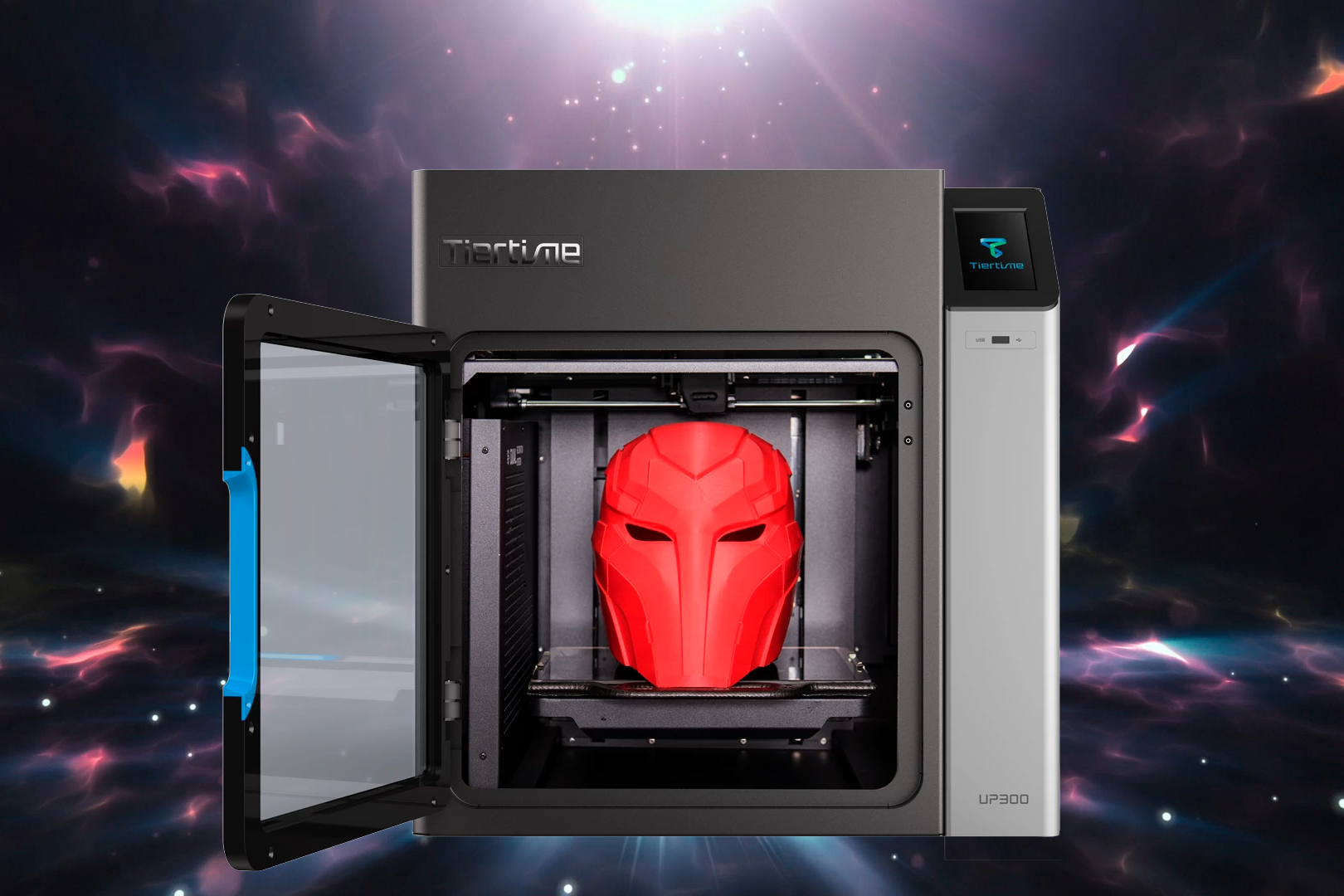Magıc Box For R & D
Over the years, R & D studies in all fields have been challenging entrepreneurs financially and in terms of the concept of time, but sometimes they ended up on the dusty shelves as a hypothesis. What technology offers us allows us to manage finance and time. Entrepreneurs now have a new magic box that they can use in their R & D studies and analyze the results of the ideas they model without wasting time with very low costs. 3D printers are now on everyone’s radar from 7 to 70.
The History Of 3D Printers
The first 3D printer technology was introduced in 1984 by Charless Hull. A new sector was born in 1986 with the establishment of the first 3D printer company, 3D Systems. In the 90s, this technology advanced rapidly and the first color printing was taken in America. With the RepRap project, which started in 2005 and in 2007, the first open-source, prototype-capable printers, including its own parts, 3D printers reached our homes. The aim of this initiative was to reduce the cost and spread the use and we can see how successful it is today.
What Is 3D Printer (Three Dimensional Printer)?
Machines that convert 3D objects designed in a virtual environment into solid objects in solid form are called 3D printers. You can print an apparatus you need with 3D printing technology, you can print an object you scan with 3D scanner, you can prototype a design you have drawn, or even create your own product. In short, you can print anything you want with 3D printers.
Types Of 3D Printers
We will talk about some common printer types today. As we mentioned in our previous article, 3D printer technology has Layered Manufacturing technique. In other words, all printers print in layers. There are different techniques for layered printing, which makes 3D printers differentiated. This is where the differences between industrial 3D printers and home 3D printers emerge. Let’s examine these techniques that differentiate 3D printers.
Stereolithography (SLA) Technology
Although it is the oldest technique in 3D printer technology, SLA is still in use today. In 3D printers with SLA technology, fluid photopolymer (a special type of plastic) is processed into raw materials and printed into solid form. After the raw material is melted to a semi-fluid form, the layer is formed. The resulting layers are transformed into a whole structure by computer controlled ultraviolet rays. This process is repeated for each layer and at the end of the printing, a 3D solid model emerges. Processes are fast and detailed, meticulous prints are achieved.
Digital Light Processing (DLP) Technology
DLP (Digital Light Processing) has many things in common with SLA. In both techniques, prints are made with fluid polymers and both utilize light when processing printing. These fluidic polymers may also be referred to as resins. SLA provides light with laser, DLP technique with a special projector. The DLP technique works extremely fast and produces clean and detailed prints like the SLA technique.
Fused Deposition Modelling (FDM) Technology
FDM (Combine Stack Modeling) is the most widely used technique in desktop 3D printing. Before starting the process, a 3D model data is entered in the printer. The printer reads this computer-aided design data and the process starts. The thermo-plastic material is heated in the so-called extruder area of the printer and printed as molten plastic in X and Y coordinates. Layers are laid along the Z coordinate starting from the bottom of the base. The layered layers combine to form a solid form pattern.
Selective Laser Sintering (SLS) Technology
In the SLS (Selective Laser Sintering) technique, as in SLA, the process is performed with a laser. The major difference between SLA and SLS is the use of powder as a raw material instead of a fluid. Examples of these materials are nylon, glass, ceramic, aluminum. This technique is widely used in industry, product development and rapid prototyping.
Note: Sintering means solidifying.
SLM (Selective Laser Melting) Technology
The SLM (Selective Laser Melting) technique is regarded as the SLS technique in many places. In this technique, powdered metals are turned into 3D printing with a high power laser. This technology is used in the aerospace and medical sectors. Materials such as aluminum, stainless steel and titanium can be used.
Electron Beam Melting (EBM) Technology
CPA 3D Printer Working Principle
EBM (Electron Beam Melting) technique is very similar to SLM technique in powder base fusion, but the most important point that separates the two techniques is the power sources used. EBM technology uses a beam of electrons in a vacuum as a power source and operates at very high temperatures. Apart from this point, the principle of working is almost the same with SLM. Metal is also used as raw material in EBM technology.
Laminated Object Manufacturing (LOM) Technology
In the LOM (Layered Goods Manufacturing) technique, raw materials consisting of paper, plastic or metal laminates joined together with the help of heat and pressure are used. The raw material is melted with heat and pressure, cut and shaped with a computer-controlled blade or laser. Provides rapid prototyping.



